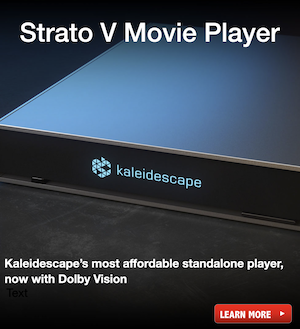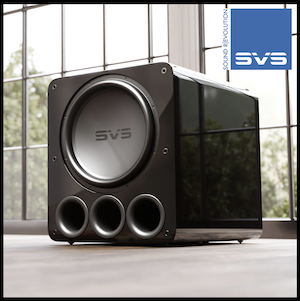(September 16, 2020) In a move that could potentially reshape the AV Receiver marketplace, Onkyo and Pioneer have reached a licensing agreement with Dirac Research for use of its popular Dirac Live room correction suite. As reported by Yahoo! Japan and confirmed by AV NIRVANA, future Onkyo and Pioneer gear will benefit from Dirac’s feature-rich technology.
Details concerning the licensing agreement, including a product rollout schedule, are minimal at this time. What we do know is that Pioneer’s MCACC room correction package and Onkyo’s AccuEQ calibration tool are largely thought to be inferior to Audyssey, Dirac, and other premium correction products, especially when considering low-frequency capabilities. Adding Dirac’s powerful technololgies will catapult both brands back into the conversation, leveling the playing field with the likes of Denon and Marantz, and further widening the gap with companies such as Sony.
This move also boosts Dirac’s aggressive infiltration of the home theater and personal audio market in North America. Some of the more notable brands to begin working with Dirac over the last year (plus) include Monoprice’s Monolith brand, Klipsch, RHA, and Emotiva. Bringing Onkyo and Pioneer into the fold will only further consumer awareness as the technology’s incredible capabilities are experienced and touted by mainstream buyers.
AV NIRVANA will update this article as more details become available.
Last edited:









